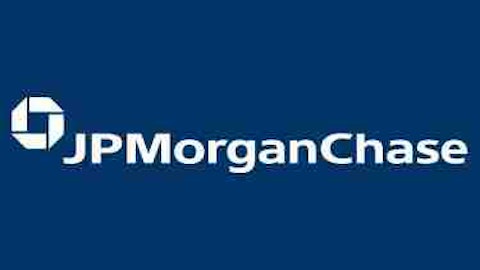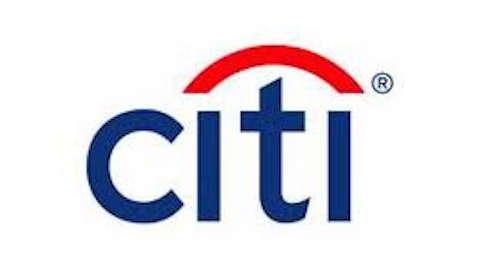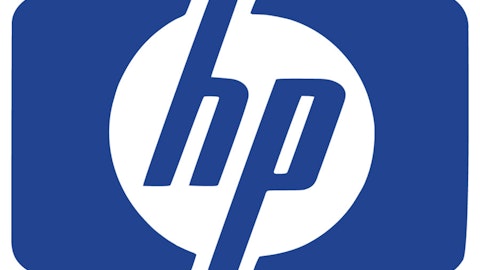However, there is another cheap source of funding, which the smaller banks have been able to tap. In the first quarter of 2013, interest paid on deposits ranged between 40 basis points and 82 basis points, while the bond issuance yield came in at 235 basis points. This shows that deposits are a cheaper source of funds.
In 2012, Wells Fargo & Co (NYSE:WFC)’s core deposits accounted 75% of its total liabilities. Therefore, it can be implied that the remaining amount derived from wholesale funding. For Bank of America Corp (NYSE:BAC) and JPMorgan Chase & Co. (NYSE:JPM), this percentage was 56% and 55%, respectively. This suggests that Wells Fargo has a heavy reliance on core deposits as compared to its peers, while both Bank of America Corp (NYSE:BAC) and JPMorgan Chase & Co. (NYSE:JPM) rely more on wholesale funding.
Federal Reserve Chairman Ben S. Bernanke said:
Is wholesale funding a concern then?
While wholesale funding is not the cheapest, it is also not the safest source of funds. Risks associated with wholesale funding are that banks may experience liquidity problems when wholesale funding dries up, or there may be changes in terms due to which the banks are not profitable. Financiers may withdraw their amounts upon negative news. In contrast, the deposit financing is considered safe. The smaller banks use deposits as a primary source of funds.
Valuations
From a valuations perspective, the six-largest banks are trading at around a 4% discount to their respective book values, while on average the smaller banks are trading at around an 11.5% discount to their book values. In particular, JPMorgan Chase & Co. (NYSE:JPM) is demanding a 3% premium to its book value, while Wells Fargo & Co (NYSE:WFC) is changing hands at a 44% premium. In contrast, Bank of America Corp (NYSE:BAC) is trading well below its book value (34% discount).
Conclusion
While the largest banks might have robust capital bases, represented by their Basel III capital ratios, I believe the smaller banks are in a better position to win the race for a cheap cost of funds. Besides, the smaller banks are trading at greater discounts compared to the biggest banks. Therefore, smaller banks present a buying opportunity.
Red Chip has no position in any stocks mentioned. The Motley Fool recommends Wells Fargo & Co (NYSE:WFC). The Motley Fool owns shares of Bank of America Corp (NYSE:BAC), JPMorgan Chase & Co. (NYSE:JPM)., and Wells Fargo.
The article Stringent Capital Rules Inspire Race to Cheap Capital originally appeared on Fool.com.
Red is a member of The Motley Fool Blog Network — entries represent the personal opinion of the blogger and are not formally edited.
Copyright © 1995 – 2013 The Motley Fool, LLC. All rights reserved. The Motley Fool has a disclosure policy.




